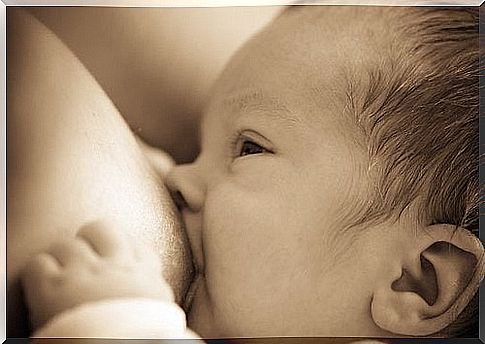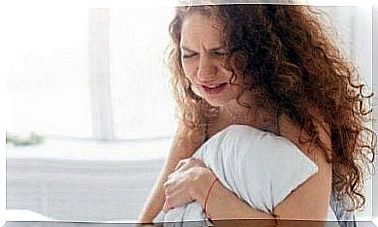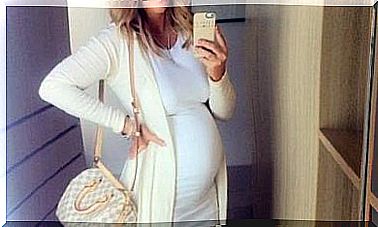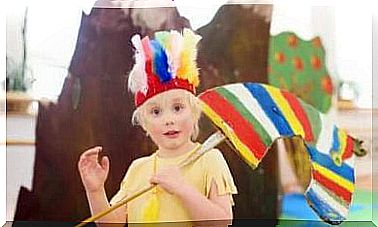5 Useful Breastfeeding Positions

Learning breastfeeding positions is very important. You can find a position that will keep you and your baby comfortable while experiencing the beauty of successful breastfeeding.
One of the fundamental aspects of correct breastfeeding is good posture on the part of the mother. This is because it determines whether or not the nipple is properly latched on.
It is important that both you and baby are comfortable while breastfeeding, as poor posture can cause two major discomforts or problems: insufficient milk production (agalactia) and nipple irritation.
Both problems can be solved by good technique during breastfeeding. And this in turn can be solved to a large extent by a good posture that helps the baby to latch on.
The Best Breastfeeding Poses
Don’t worry, finding a good posture is easy. Here are five good breastfeeding positions. There are many more, so it’s a good idea to try others the maternity nurse recommends and choose what’s easiest for you.
Try to remember that the most important thing is that you and your baby are both comfortable and relaxed to breastfeed successfully.
While the mother is lying
This is the most convenient position for breastfeeding at night. To put it into practice it is necessary that the mother and the child are both lying down. And also that the baby’s face is in front of the mother’s breast. The baby’s belly stays against the mother’s body and she supports her own head on a thick or folded pillow, while supporting the baby’s head at the same time.
Traditional attitude
In this position, the mother should sit with relaxed shoulders and with her baby on her forearm, just below her breast. In this way the baby’s head remains supported on the inside of the elbow and can be oriented towards the side on which he or she is being fed. The baby’s belly is supported by the mother’s body. And one of his arms goes around his mother.
Crib Cross Position
This is a variation of the previous position. Now the mother uses the hand on the same side as she is breastfeeding to hold her breast, while holding her baby with the other arm.
Sitting posture
The mother sits with a straight back and relaxed shoulders and uses a footstool or stool to target the muscles under the thighs. The baby looks at the mother and lies tummy on tummy. Hold a pillow under the baby to lift him up to chest height.
Basket or rugby handle
In this position, hold the baby under your arm on the side you wish to feed. Your baby’s body will then roll around your waist and your hand will hold the head in position.
This and the supine position are the most convenient breastfeeding positions for after a caesarean section. This position is also useful if you are breastfeeding two babies at the same time.
Tips for correct breastfeeding positions
Whichever of these breastfeeding positions you use to feed your baby, remember that the infant’s head should be level with your chest. Keep the mouth level with the nipple without the baby having to twist, bend or stretch its neck.
It is also good for you to know that if the baby’s lips and tongue are healthy, he will suck correctly from any position.
The baby’s mouth opens wide. The breast should then go far into the mouth, with the nipple near the upper lip. This gives room for the tongue to pass between the areola and lower lip. After all, the baby feeds by applying pressure back and forth upwards with the tongue.
According to a description from a manual titled “Correct Breastfeeding Technique: The Positions,” by the staff at the Consejería de Salud at Virgen de Las Nieves Hospital, where most of these tips come from: “If breastfeeding is done correctly, you will normally notice that the baby is using its jaws.”
The jaw movement is rhythmic and goes as far as the baby’s ears and temples. You will also notice that the baby’s cheeks do not fall inward, but are round. If the baby sucks in this way, it won’t hurt the mother even if she has cracked nipples.








